Fireworks are magical, exciting, and awe-inspiring—but what truly sparks their brilliance? The answer lies in the captivating chemistry of fireworks.
At Red Apple Fireworks, we love fireworks and know that understanding the chemistry behind these vibrant explosions makes every display even more enjoyable.
Whether you're a DIY enthusiast planning your next big show, a family looking for safe celebrations, or an event planner seeking professional-grade fireworks, we're here to reveal the secrets behind the spectacular displays you adore.
What this article covers:
- How Chemistry Brings Fireworks to Life
- Key Chemical Ingredients in Fireworks
- How Metallic Salts Create Firework Colors
- How Chemistry Shapes Firework Effects
- How Fireworks Stimulate the Senses: Heat, Light, and Sound
- Firework Chemistry: Safety and Environmental Responsibility
How Chemistry Brings Fireworks to Life
To truly understand the magic of fireworks, you have to start with chemistry. It’s the engine behind every colour, sound, and sparkle in the sky—and the answer to the question, how do fireworks work? lies in a series of tightly controlled chemical reactions.
Each firework is made up of a carefully engineered blend of ingredients:
-
Fuel (such as charcoal or sulfur) provides energy
-
Oxidizers (like potassium nitrate or perchlorate) supply oxygen for combustion
-
Binders hold everything together in a stable form
-
Metallic salts create the brilliant colours
When a firework is ignited, these ingredients interact. The oxidizer reacts with the fuel, producing heat and rapidly expanding gases that launch the firework skyward.
A delayed fuse then ignites the burst charge, triggering additional reactions that generate light, sound, and colour.
The type and placement of these chemicals determine how high the firework flies, how it explodes, and what kind of visual and sound effects it produces.
Even the smallest variations in formula can impact performance, which is why precision chemistry is essential for both safety and spectacle.
At Red Apple Fireworks, we work with expert pyrotechnic chemists to ensure that every product performs flawlessly—so you can enjoy every boom, sparkle, and colourful burst with confidence.
Key Chemical Ingredients in Fireworks
Every fantastic firework depends on a few essential chemical ingredients. These components influence how the fireworks ignite, how high they soar, and even the colors they emit.
The Role of Gunpowder (Black Powder)
Gunpowder is fundamental to fireworks chemistry. Made of potassium nitrate, charcoal, and sulfur, it ignites quickly and generates gases that propel fireworks upward.
Without gunpowder, your fireworks wouldn't leave the ground! It’s both the lifting force and explosive agent that powers the breathtaking bursts.
How Metallic Salts Create Firework Colors
One of the most captivating parts of any fireworks display is the vibrant array of colours lighting up the night sky—and it all comes down to chemistry.
Specifically, it’s the job of metallic salts to create those vivid hues.
So, how are metallic salts used in fireworks? When a firework is ignited, these salts are heated to extreme temperatures.
The heat excites the electrons in the metal atoms, and as the electrons return to their original state, they release energy in the form of visible light.
The exact wavelength of that light—what we see as colour—depends on the type of metal salt used.
Here’s a quick look at some of the most common metallic salts and the colours they produce:
-
Copper compounds (like copper chloride): blue and green hues
-
Strontium salts (strontium carbonate, nitrate): deep reds
-
Lithium compounds: lighter red tones
-
Sodium salts: brilliant yellows and golds
-
Barium compounds: bright greens
-
Magnesium and aluminum: intense white sparks and flashes
These compounds are packed into small pellets called stars, which are strategically arranged inside the firework shell. When ignited, each star burns in its assigned colour and pattern, contributing to the visual magic of the overall display.
At Red Apple Fireworks, we select only high-purity metallic salts to ensure bright, consistent colour in every product—because no celebration is complete without a sky full of unforgettable colour.
Copper Compounds for Blue and Green
Copper salts create those mesmerizing shades of blues and greens. Copper chloride produces a vivid blue, while copper carbonate delivers stunning greens.
These compounds, carefully mixed and ignited, offer brilliant and consistent color displays perfect for celebrations.
Strontium and Lithium for Red
Bold reds come from strontium and lithium salts.
Strontium carbonate and strontium nitrate deliver deep, fiery reds, while lithium carbonate creates lighter, brighter reds. These chemicals create eye-catching effects, making your fireworks displays unforgettable.
Sodium for Yellow and Gold
Yellow and golden colors in fireworks often come from sodium compounds.
Sodium nitrate and sodium oxalate produce brilliant yellows and shimmering gold effects. They're essential for adding warmth and festive brightness to your shows.
How Chemistry Shapes Firework Effects
It’s not just colour that makes fireworks unforgettable—shape, sparkle, and movement all come down to chemistry and engineering.
The way a firework looks in the sky is the result of how its internal components are chemically formulated and physically arranged.
At the core of this design are “stars”—tiny pellets packed with metal salts, fuels, and binders.
These stars are arranged in specific patterns inside the firework shell, and when the shell explodes, the stars follow that pattern outward. This is how fireworks form rings, hearts, smiley faces, spirals, and more.
The chemical makeup of each star also affects how it behaves:
-
Binders (like dextrin) hold the mixture together and control how it burns
-
Fuels (like charcoal or aluminum) regulate the temperature and brightness
-
Additional additives influence sparkle, delay effects, and crackles
The precision of these chemical reactions ensures that fireworks ignite reliably, burst in the correct pattern, and display exactly as planned.
Even slight variations in composition can alter the final effect—so expert formulation is key.
How Fireworks Stimulate the Senses: Heat, Light, and Sound
A fireworks display isn’t just about colour—it’s a full-body experience powered by chemistry. From flashes that light up the sky to heart-thumping booms and high-pitched whistles, the sensory excitement of fireworks all starts with specific chemical reactions.
Heat & Bright Light
The intense light produced by fireworks is the result of extreme heat generated during combustion. Some of the most brilliant effects are created using metals that burn at very high temperatures.
So, is magnesium used in fireworks? Absolutely.
Magnesium is one of the go-to metals for creating powerful, white-hot flashes that sparkle like stars in the sky. Its brilliant burn is a crowd favourite in everything from aerial shells to sparkler effects.
Explosive Sounds & Signature Whistles
Fireworks also thrill the ears, not just the eyes. Their sounds—booms, crackles, and whistles—are all the result of chemistry and design.
-
Loud booms come from rapidly expanding gases during explosions.
-
Crackling effects happen when specific compounds combust in quick bursts, such as lead or bismuth trioxide.
-
And what makes fireworks whistle? The whistling sound is produced when gases escape rapidly through narrow tubes as chemicals like potassium benzoate or sodium salicylate burn. The result is a vibrating column of air that creates that sharp, rising whistle in midair.
Together, these effects transform fireworks into a multi-sensory celebration—where chemistry fuels not just the spectacle, but the feeling of each unforgettable moment.

Firework Chemistry: Safety and Environmental Responsibility
Understanding the chemistry of fireworks also means recognizing the importance of handling them responsibly—both for safety and the environment.
Safe Use of Firework Chemicals
Firework ingredients—like oxidizers, fuels, and metallic compounds—must be handled with precision and care.
At Red Apple Fireworks, we follow strict protocols for sourcing, storing, and assembling our fireworks to ensure they perform exactly as intended.
Whether you're a DIY enthusiast or a professional operator, always follow proper handling instructions and use fireworks in controlled environments to avoid injury or accidental ignition.
Protecting the Environment with Smarter Chemistry
While fireworks bring joy, they also leave behind smoke, metals, and debris. That’s why the industry is evolving.
Modern firework formulations increasingly include eco-friendlier compounds that reduce pollution without compromising brilliance.
By choosing cleaner-burning ingredients and reducing harmful residues, we can enjoy fireworks that are just as dazzling—but much gentler on our planet.
From manufacturing to display, responsible chemistry ensures every celebration is not only safe, but sustainable too.
Conclusion
The thrilling chemistry behind fireworks combines science, precision, and creativity, turning your celebrations into unforgettable experiences.
At Red Apple Fireworks, we're passionate experts committed to offering fireworks that deliver exceptional colors, shapes, sounds, and excitement.
Whether you’re planning a family gathering, a grand holiday celebration, or a professional event, we have the high-quality fireworks you need at unbeatable value.
From our missiles fireworks to our novelty fireworks collections, we’ve got everything you need to elevate your next holiday or special event.
Looking for unbeatable deals? Join our Club Red Apple® membership and save up to 25% on your next purchase!
When you become a member, you unlock exclusive perks and benefits that make every firework show even better.
Ready to make your next event unforgettable? Visit Red Apple Fireworks today and let us help you light up the sky!
Did our blog meet your needs? You might also find our other guides helpful:
- When Were Fireworks Invented?
- First American Fireworks
- Facts About Fireworks
- Why Do Celebrate with Fireworks?
- What Element Makes Purple Fireworks?
- What Element Will Give Fireworks Their Yellow Color?
- What Makes Fireworks Blue?
- How Does a Firework Work?
- What Chemicals Are Used in Fireworks?
- What Minerals Are Used to Make Gold Sparks Fireworks?
- What Three Processes Cause Fireworks to Emit Light?
- Where Are Fireworks Made?
- Is There Gunpowder in Fireworks?
- How to Light Fireworks
- What Are Firework Fuses Made of?





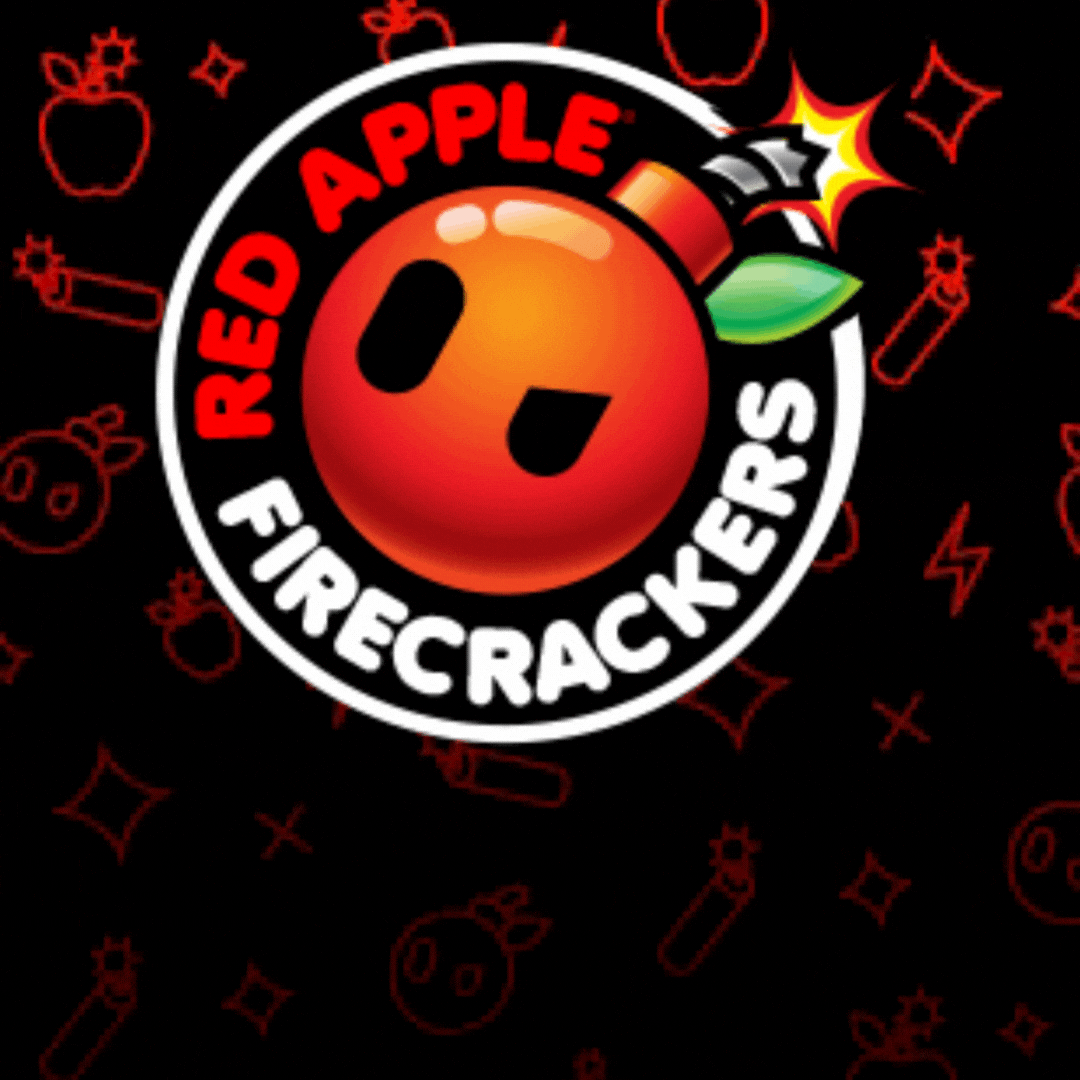

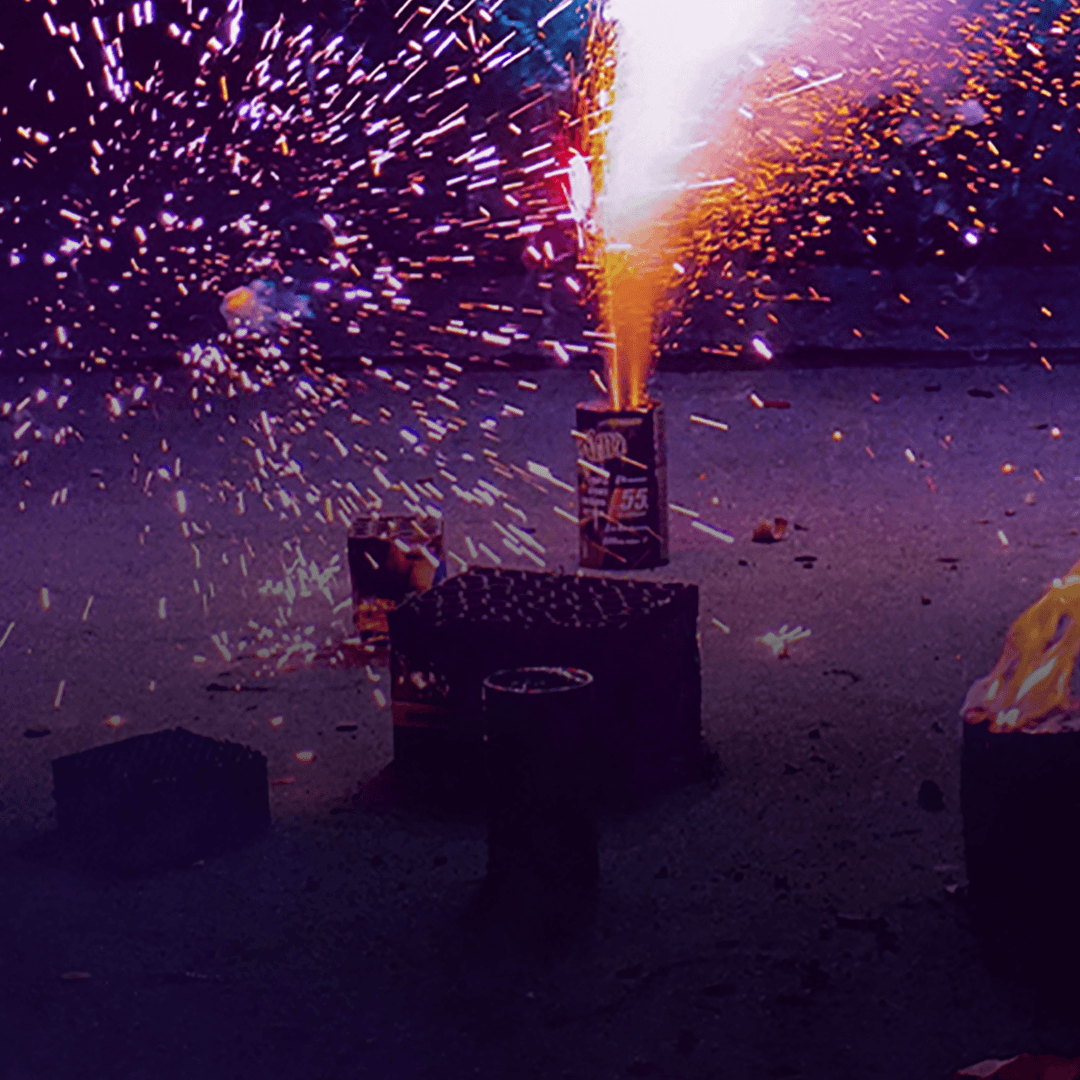
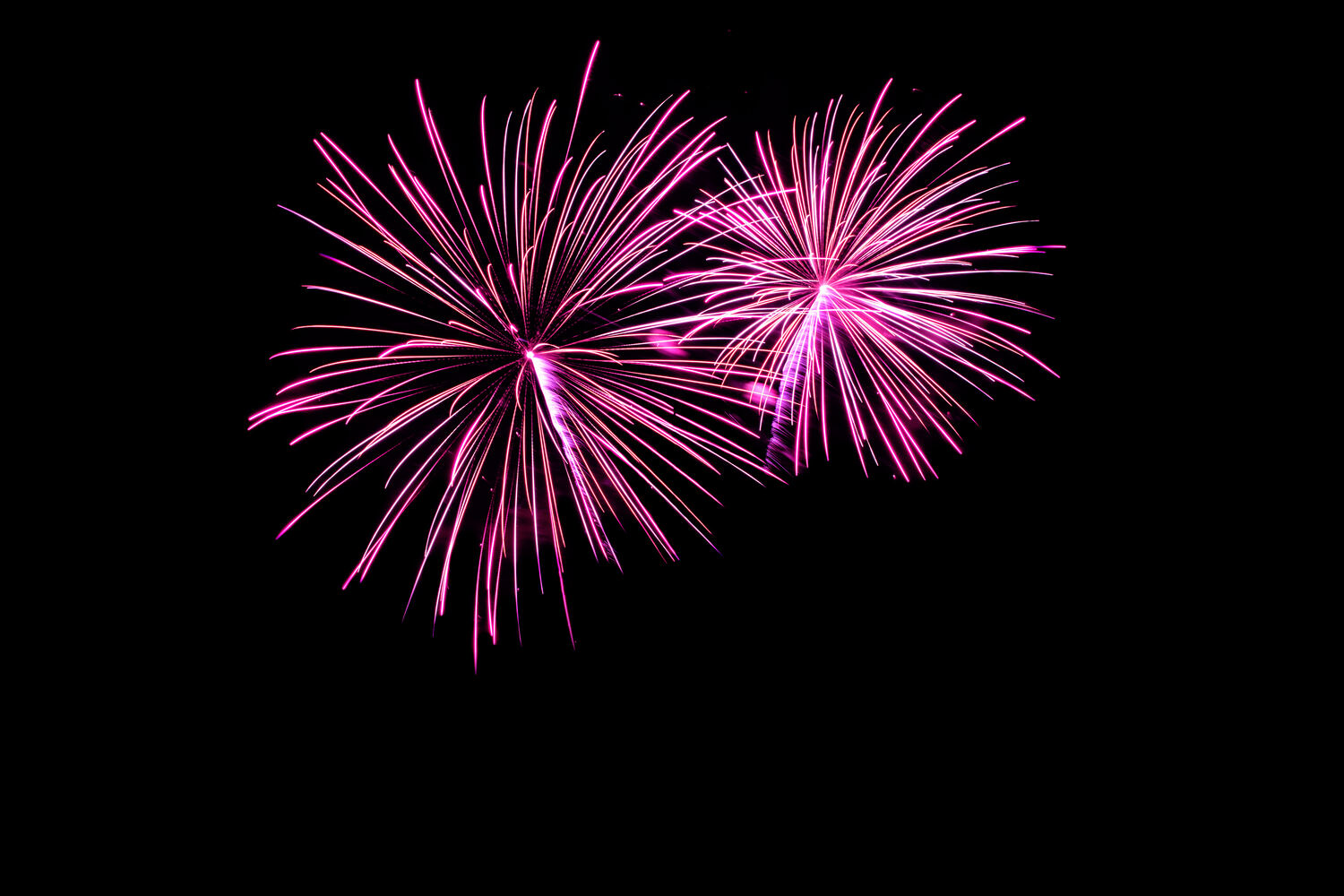

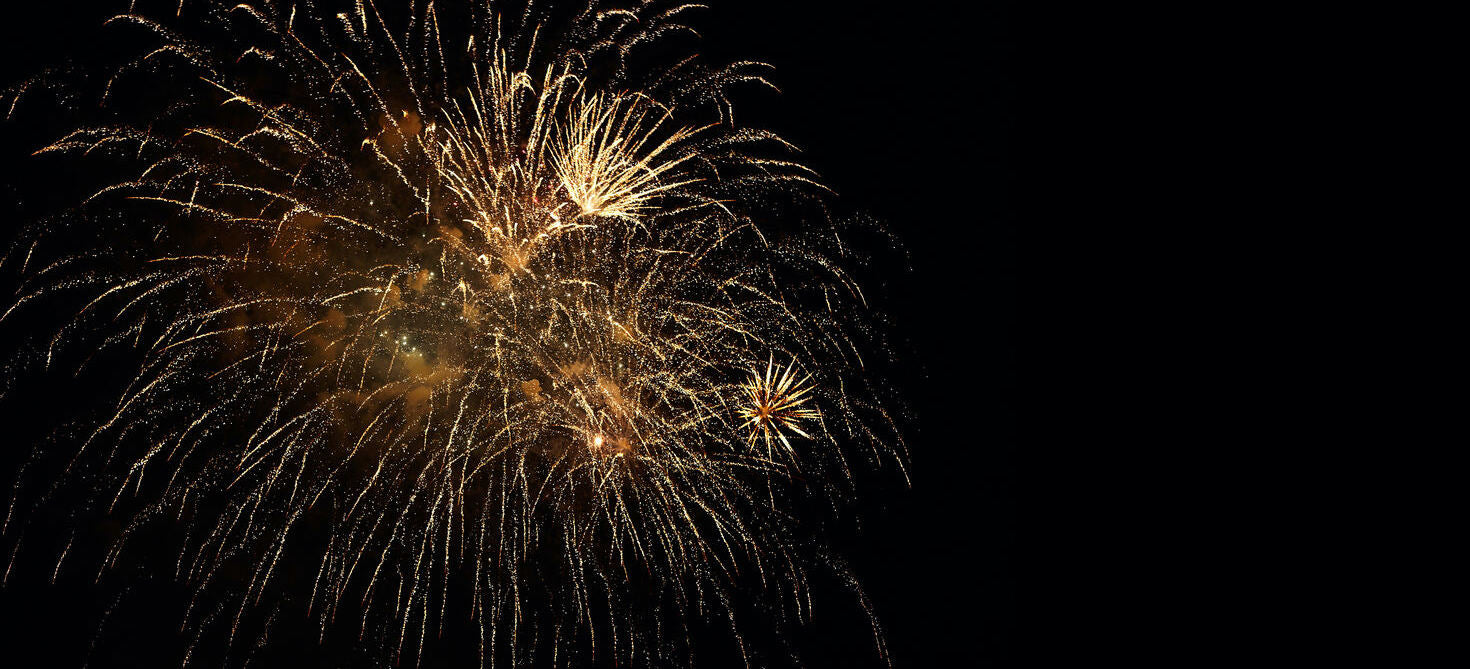
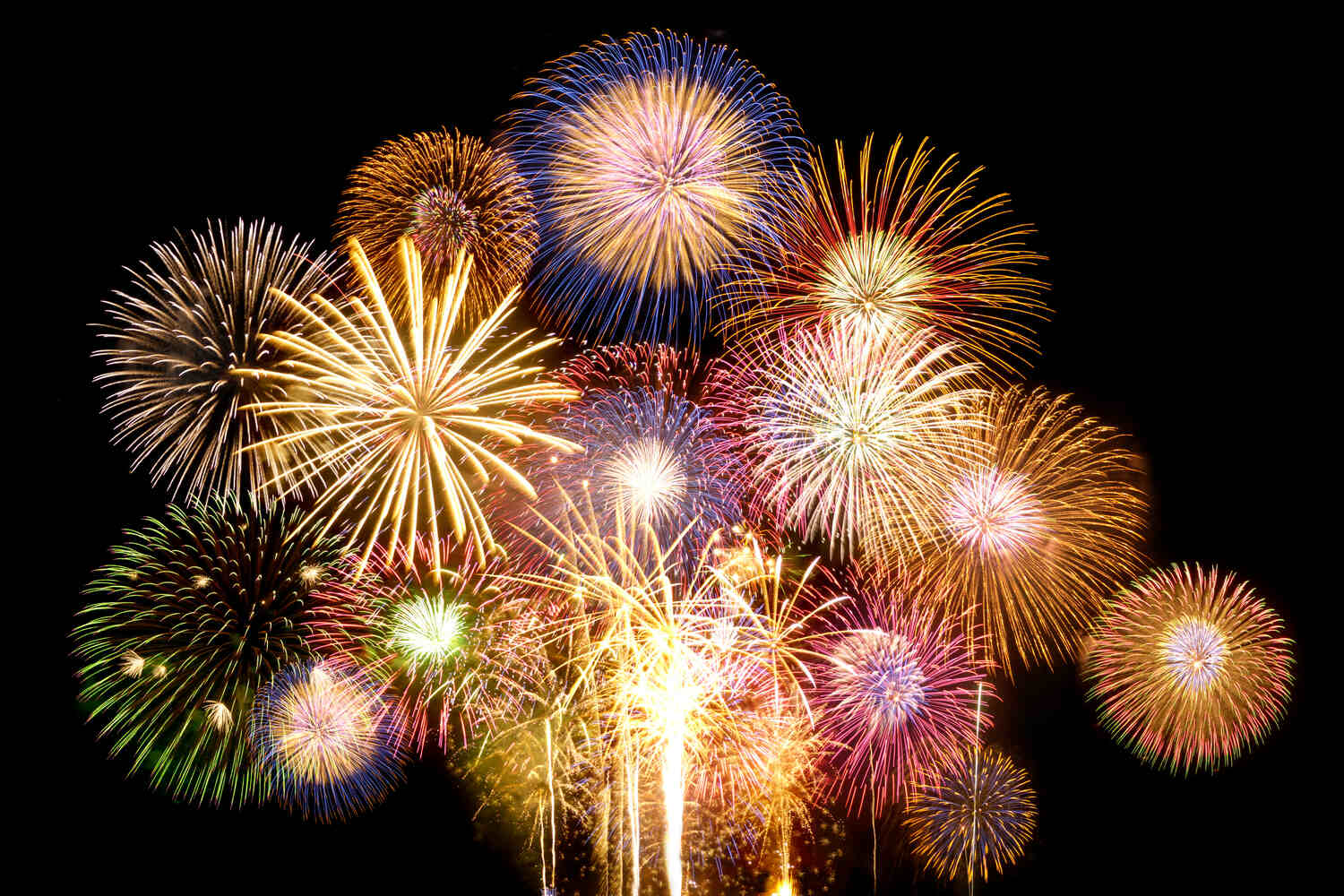
Leave a comment
All comments are moderated before being published.
This site is protected by hCaptcha and the hCaptcha Privacy Policy and Terms of Service apply.